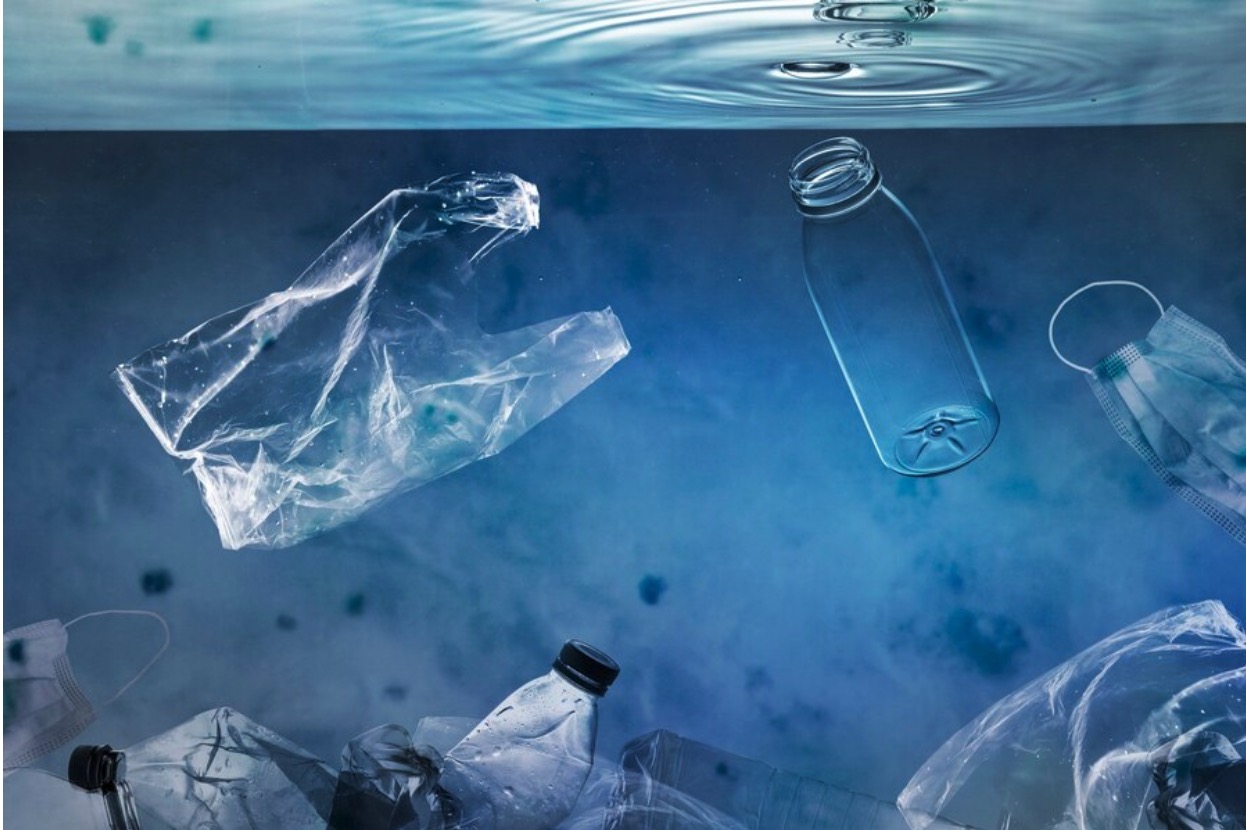Comments
ENVIRONMENT - Plastic pollution has emerged as one of the most pressing environmental issues of our time, particularly in marine ecosystems. With millions of tons of plastic entering the oceans each year, its effects on marine life are profound and far-reaching. From microplastics ending up in the food chain to larger debris entangling animals, the consequences of plastic pollution cannot be ignored. Understanding its impact is crucial for developing informed strategies to protect marine biodiversity and promote healthy oceans.
The Scope of Plastic Pollution
Plastic pollution is a pervasive global issue. According to the World Economic Forum, by 2025, there could be more plastic in the oceans than fish if current trends continue. An estimated eight million tons of plastic enter the oceans annually, contributing to an accumulation of approximately 150 million tons of plastic already in the marine environment. This staggering figure illustrates the growing threat that plastic poses to marine life, habitats, and ecosystems. The various types of plastic found in oceans include single-use items like bags, bottles, and straws, as well as larger plastic debris from ships and shores. Each of these contributes to the broader problem and can have devastating effects on marine organisms, ranging from plankton to whales. The complex dynamics of marine environments can exacerbate these effects, leading to altered species behaviors, population dynamics, and even ecosystem functions.
Efforts to Mitigate Plastic Pollution
Numerous initiatives have been launched to combat plastic pollution in marine environments. Various organizations are taking on the challenge of protecting our marine ecosystems with the National Marine Sanctuary Foundation's marine conservation efforts actively working to preserve marine ecosystems through education, outreach, and policy advocacy. These efforts involve raising awareness about the dangers of plastic waste, advocating for better waste management practices, and promoting the adoption of sustainable alternatives to plastic. International cooperation is also vital in addressing this global challenge. Initiatives like the United Nations' Sustainable Development Goal 14 aim to conserve and sustainably use the oceans, seas, and marine resources. Countries around the world are working together to establish agreements to reduce plastic waste, implement effective recycling systems, and foster innovation in biodegradable materials.
Microplastics and Their Impact
Microplastics, defined as plastic particles smaller than five millimeters, have become increasingly prevalent in marine environments. Due to their small size, they can be ingested by a wide range of marine life, including fish, shellfish, and even larger mammals. Research conducted by the University of California found microplastics in 25% of fish sampled in the northern Pacific Ocean, indicating widespread contamination of marine food sources. The ingestion of microplastics poses serious health risks to marine organisms. Once ingested, these particles can cause physical harm, such as blockages and malnutrition, and may also transfer toxic chemicals from the plastic or additives to the animal's body. These toxins can further bioaccumulate through the food chain, posing risks to human health as well. Consequently, the effects of microplastics can ripple through the entire marine ecosystem, underscoring the need for effective solutions to reduce plastic pollution at its source.
Effects on Marine Species and Ecosystems
Plastic pollution affects various marine species, leading to adverse behavioral and physiological changes. For many marine animals, particularly those at the top of the food chain, the consequences of plastic ingestion can be particularly severe. For instance, seabirds, dolphins, and sea turtles often mistake plastic for food, leading to ingestion that can result in fatalities. Moreover, plastic can interfere with the reproduction and development of marine species. Studies have shown that exposure to plastic pollutants can lead to hormonal disruption, abnormal development in embryos, and reduced reproductive success in various creatures, from fish to marine mammals. The loss of individual species can upset the balance of marine ecosystems. With the decline of keystone species, the entirety of the ecological network may be affected, leading to cascading losses in biodiversity.
Economic Implications of Plastic Pollution
The economic repercussions of plastic pollution in marine environments are vast. Fisheries, tourism, and coastal communities often bear the brunt of the consequences. Marine debris can disrupt fishing operations, decreasing fish stocks and damaging gear, leading to significant financial losses for local fishermen. A report by The Ocean Conservancy estimated that marine debris costs the global fishing industry approximately $1 billion annually. Furthermore, coastal tourism heavily relies on clean beaches and a vibrant marine environment. Plastic pollution detracts from the aesthetic appeal of coastal areas, potentially reducing tourist visits and income for local businesses. Addressing plastic pollution is not merely an environmental concern, but it directly impacts the livelihoods of communities that depend on healthy oceans.
The Role of Individuals in Reducing Plastic Waste
While large-scale initiatives are crucial, individual actions also play a significant role in reducing plastic pollution. Simple changes in daily habits can have a considerable impact. Reducing the use of single-use plastics, such as grocery bags, straws, and bottles, significantly lowers the amount of plastic waste that reaches the oceans. Participating in local clean-up events and supporting businesses that prioritize sustainability further contributes to the effort. Raising awareness among friends and family about the effects of plastic pollution fosters a community-focused approach to minimizing waste. Individuals can influence trends and practices through their behaviors and choices, demonstrating that grassroots efforts are important in the fight against plastic pollution.

The outlook for marine life in the face of plastic pollution depends on collective efforts from individuals, organizations, and governments worldwide. Only through a concerted and multi-faceted approach can the tide of plastic pollution be turned. Advancing research and innovative technologies play an important role in finding sustainable alternatives and improving waste management practices. Additionally, continued education and outreach initiatives elevate the awareness of plastic pollution issues and inspire action. By working together, society can promote healthier marine ecosystems and preserve the delicate balance that sustains marine life for future generations.
###














